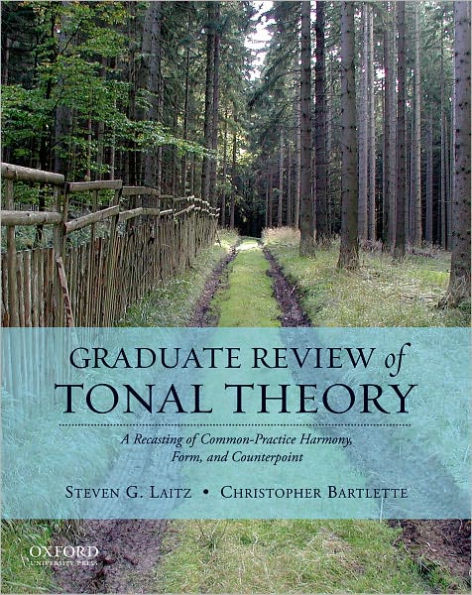5
1
9780195376982


Graduate Review of Tonal Theory: A Recasting of Common-Practice Harmony, Form, and Counterpoint available in Hardcover

Graduate Review of Tonal Theory: A Recasting of Common-Practice Harmony, Form, and Counterpoint
- ISBN-10:
- 0195376986
- ISBN-13:
- 9780195376982
- Pub. Date:
- 03/27/2009
- Publisher:
- Oxford University Press
- ISBN-10:
- 0195376986
- ISBN-13:
- 9780195376982
- Pub. Date:
- 03/27/2009
- Publisher:
- Oxford University Press
106.99
In Stock

Product Details
| ISBN-13: | 9780195376982 |
|---|---|
| Publisher: | Oxford University Press |
| Publication date: | 03/27/2009 |
| Edition description: | New Edition |
| Pages: | 288 |
| Product dimensions: | 8.10(w) x 10.00(h) x 0.90(d) |
About the Author
From the B&N Reads Blog
